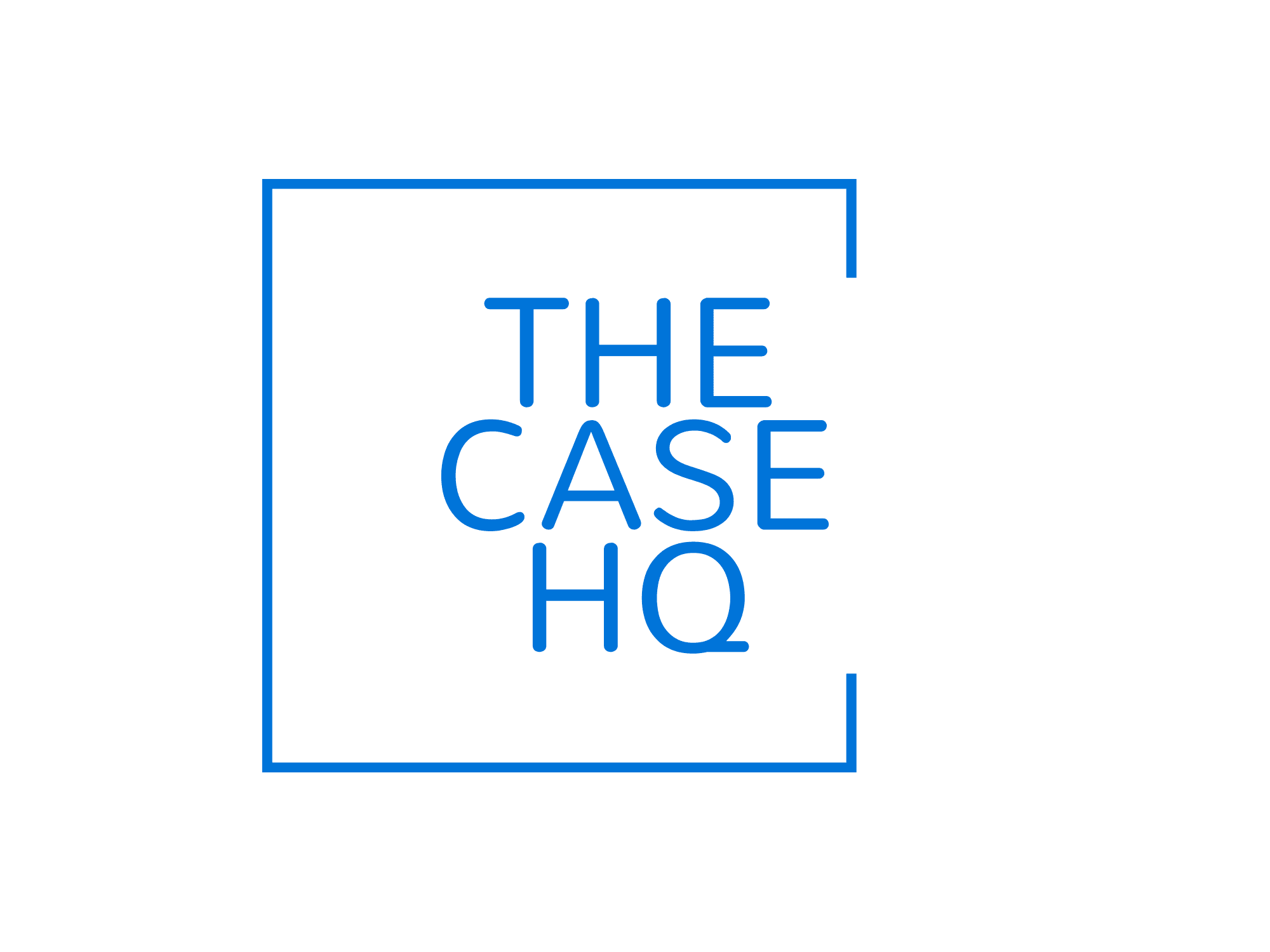As digital content and generative AI tools become more accessible, plagiarism detection is evolving into a sophisticated challenge for educators. Fortunately, AI to combat plagiarism is emerging as a powerful ally in upholding academic integrity.
Gone are the days when plagiarism meant simple copy-paste. Today, educators face paraphrasing, AI-generated rewrites, and hybrid text manipulation. With the help of artificial intelligence especially machine learning and natural language processing institutions can now detect and deter dishonest academic behavior more accurately than ever before.
Revolutionising Assessment: Automating Rubric Feedback Through Generative AI
What Is AI-Powered Plagiarism Detection?
AI plagiarism detection goes beyond exact matches. These systems use deep learning models trained on millions of documents to detect:
- Paraphrased or reworded content
- Improperly cited sources
- AI-generated material
- Stylometric inconsistencies in writing style
Such tools often incorporate semantic analysis, source traceability, and writing fingerprinting to catch plagiarism in its more modern, subtle forms.
Why Traditional Tools Are No Longer Enough
Legacy tools like basic keyword matchers or string comparisons struggle with:
- Synonym replacement
- AI-generated answers
- Translated content from other languages
- Slightly altered sentence structures
AI, on the other hand, understands meaning and intent, enabling it to catch academic dishonesty even when the text is modified.
Key Benefits of AI in Plagiarism Detection
1. Detection of Paraphrased and AI-Generated Text
Modern AI tools can identify when students use tools like ChatGPT or paraphrasing software to produce content that appears original but lacks attribution.
2. Style Comparison and Authorship Detection
Some AI systems analyze a student’s past writing to detect deviations in vocabulary, structure, or tone. If a submission differs drastically, it raises a flag for further review.
3. Faster and Scalable Checks
AI tools can scan thousands of submissions within seconds—perfect for institutions or platforms like The Case HQ that support global learners.
4. Improved Feedback and Learning
Rather than just flagging text, AI can provide targeted suggestions for how to paraphrase properly, cite accurately, or rewrite a section ethically.
Courses from The Case HQ That Address Plagiarism and AI
Educators looking to stay ahead of the curve can explore the following practical and future-ready courses:
- Introduction to AI for Educators – Covers how AI detection systems work and how to integrate them ethically in teaching.
- Innovative Teaching with AI – Discusses AI use in assessing writing originality and responding to academic misconduct.
- Responsible Use of Generative AI in Education – Offers strategies for managing AI-generated content and promoting authentic student work.
- Academic Writing with Integrity – Focuses on citation, paraphrasing, and using AI responsibly without crossing ethical lines.
Ethical and Practical Concerns
While AI offers great power, it also requires thoughtful implementation:
- False Positives: AI might flag legitimately cited or coincidentally similar text.
- Privacy: Student work must be protected, especially if it’s stored in third-party databases.
- Over-Surveillance: Constant monitoring can create mistrust. A balanced, transparent policy is essential.
Educators must use AI to guide, not punish emphasizing academic growth rather than fear.
Best Practices for Educators
- Combine AI checks with human review, especially for high-stakes work.
- Communicate AI usage policies clearly to students.
- Teach paraphrasing, citation, and originality proactively.
- Use stylometric tools only when necessary and with student consent.
The use of AI to combat plagiarism represents a new era in education. It equips educators to respond effectively to evolving threats, uphold academic standards, and help students learn the value of authenticity.
Visit The Case HQ for 95+ courses
Read More:
What Is CAIBS? Discover the Certified AI Business Strategist Program Driving the Future of Work
Certified AI Business Strategist (CAIBS): A Complete Guide to AI Strategy Certification
Inside the CAIBS Course: What You’ll Learn in the Certified AI Business Strategist Program
Why CAIBS Is the #1 Choice for AI Business Professionals in 2025
Certified AI Business Strategist (CAIBS): Career ROI That Pays Off Fast
Is CAIBS Right for You? Eligibility & Readiness for the Certified AI Business Strategist Program
Curriculum Deep Dive: Every Module in the CAIBS Program Explained
Learning Outcomes from CAIBS: Real Strategic Impact for AI Business Leaders
Careers After CAIBS: Top 10 Job Roles for Certified AI Business Strategists



Responses